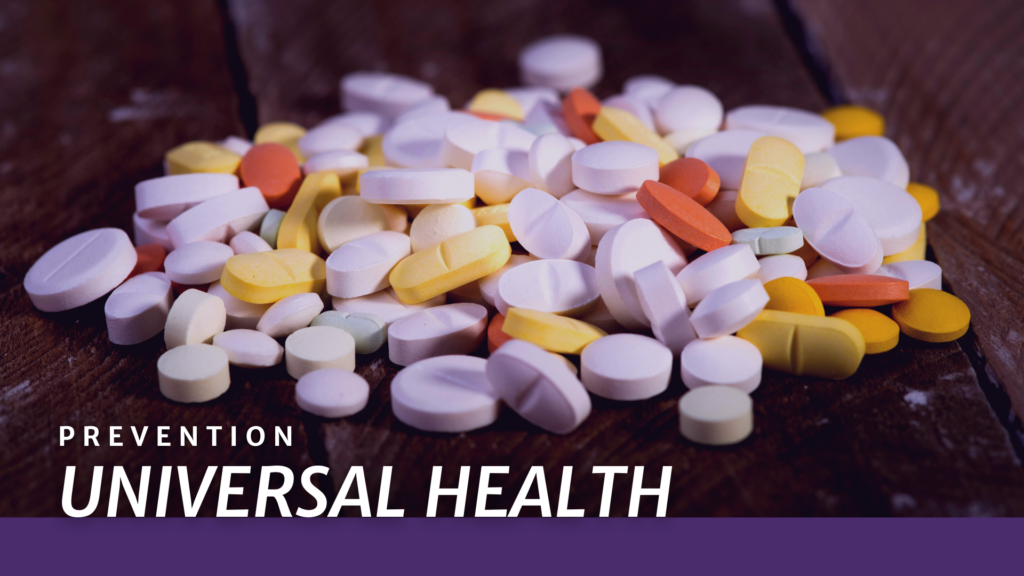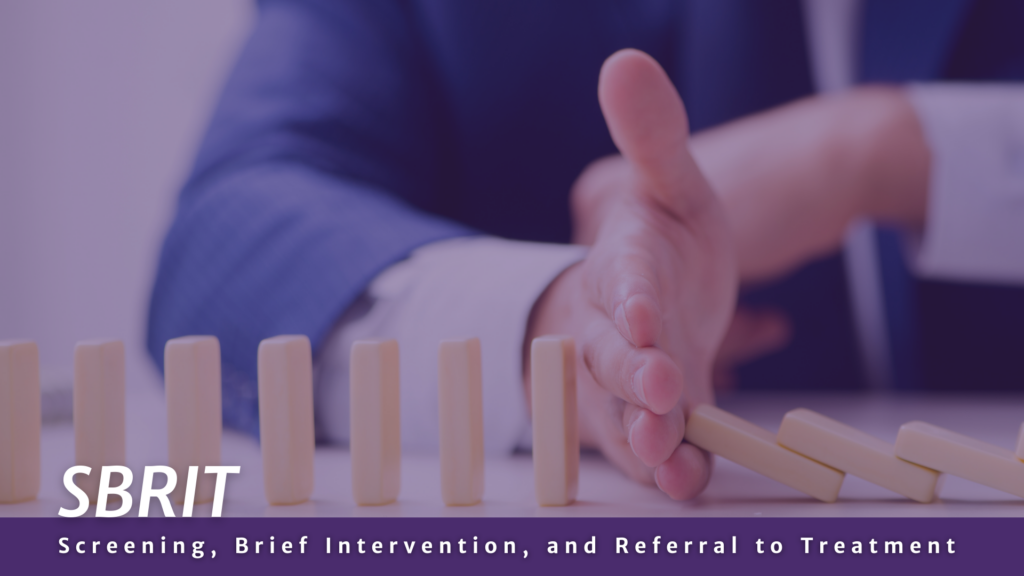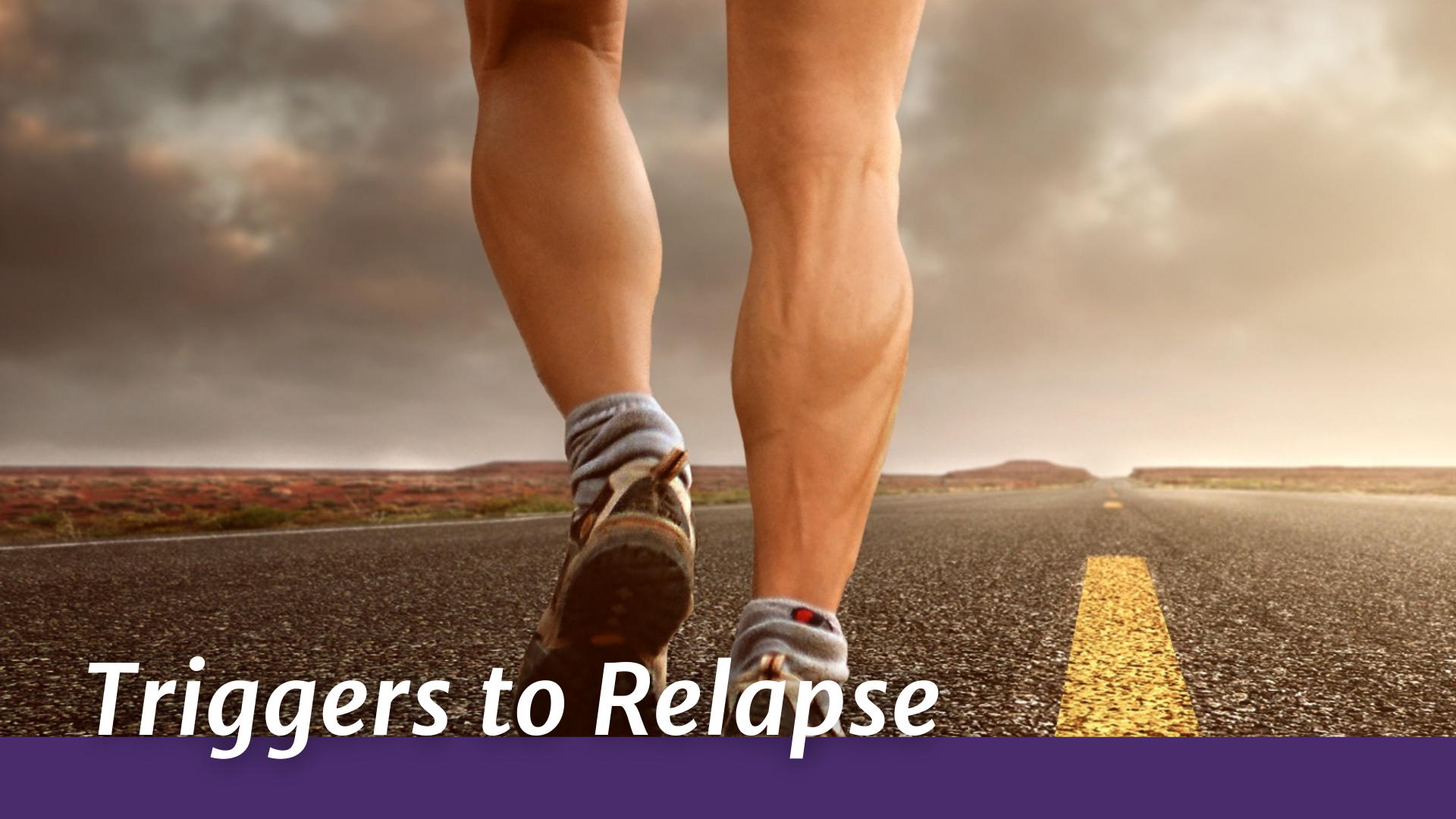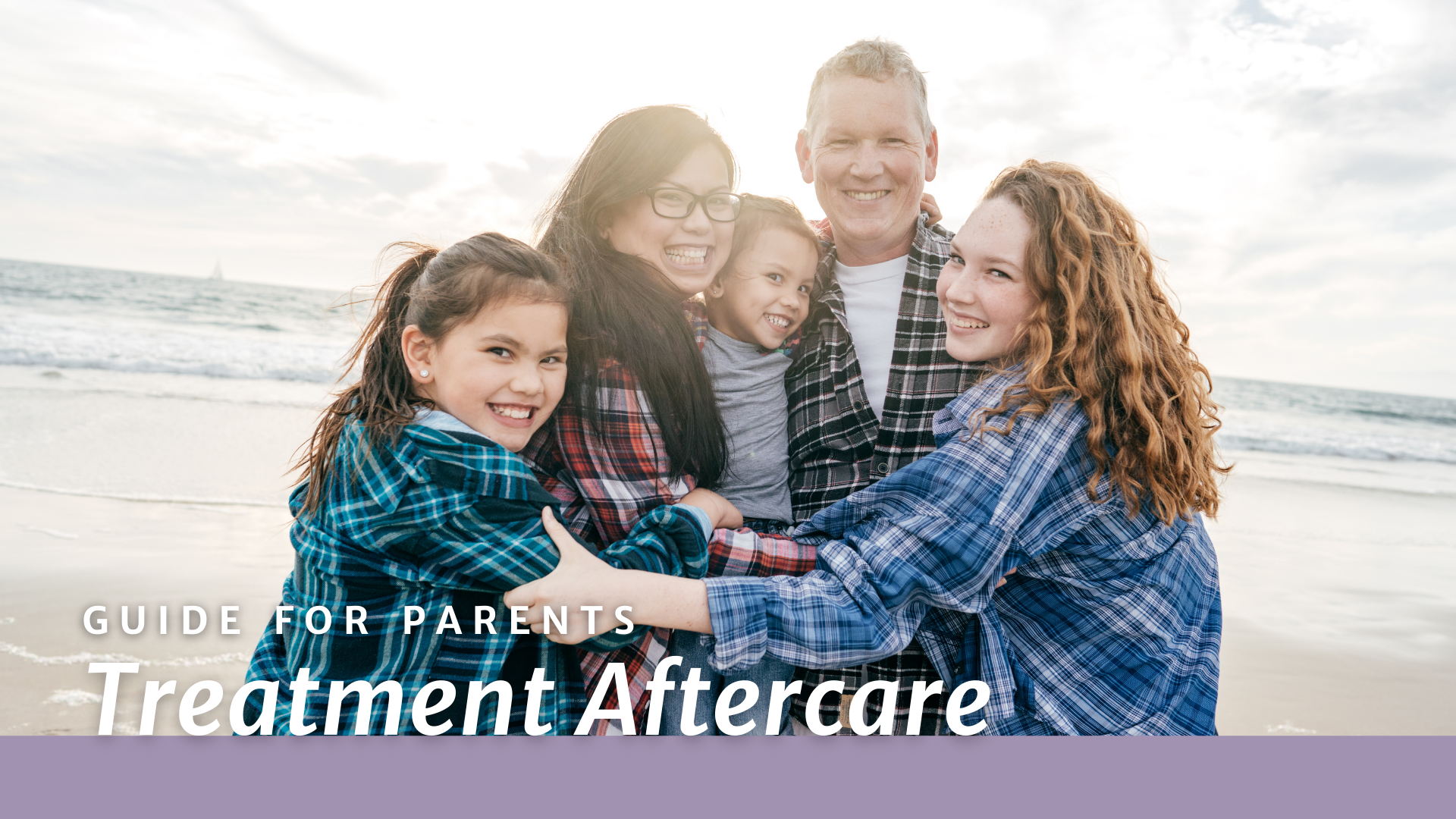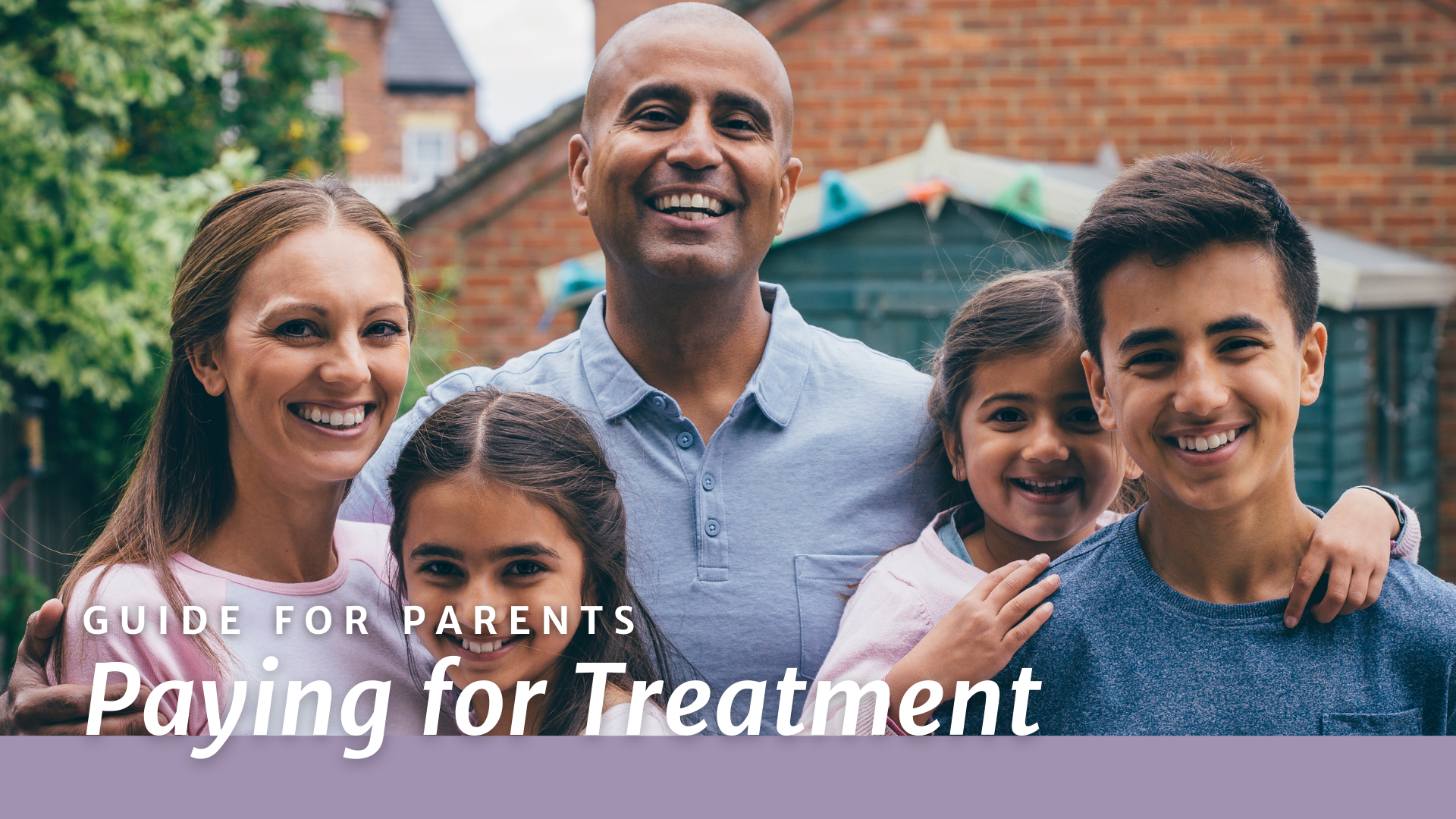Substance misuse and the treatments available are not a one-size-fits all nor a one-and-done process. There are multiple steps in the process that build resiliency and recovery over time, one person at a time. Hope and help are available!
Continuum of Care
Continuum of Care refers to the full spectrum of services necessary to address substance use disorders, from prevention through treatment and recovery to relapse prevention as created by the National Research Council – Mental Health Intervention Spectrum (including Substance Abuse) IOM Continuum of Care.
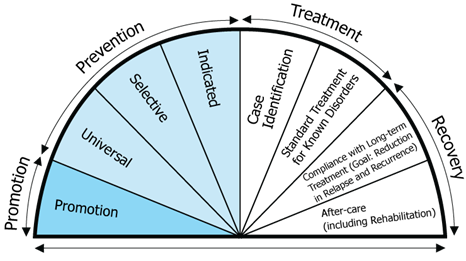
.
Further reading
Outpatient Treatment Facilities
“Click Here” for a listing of outpatient treatment facilities in your community. If you know of a center that is not listed please let us know so that we may add to our list.
Inpatient Treatment Facilities
“Click Here” for a listing of inpatient treatment facilities in your community. If you know of a center that is not listed please let us know so that we may add to our list.
Faith Based Support Groups
“Click Here” for a listing of faith based support groups in your community. If you know of a center that is not listed please let us know so that we may add to our list.



